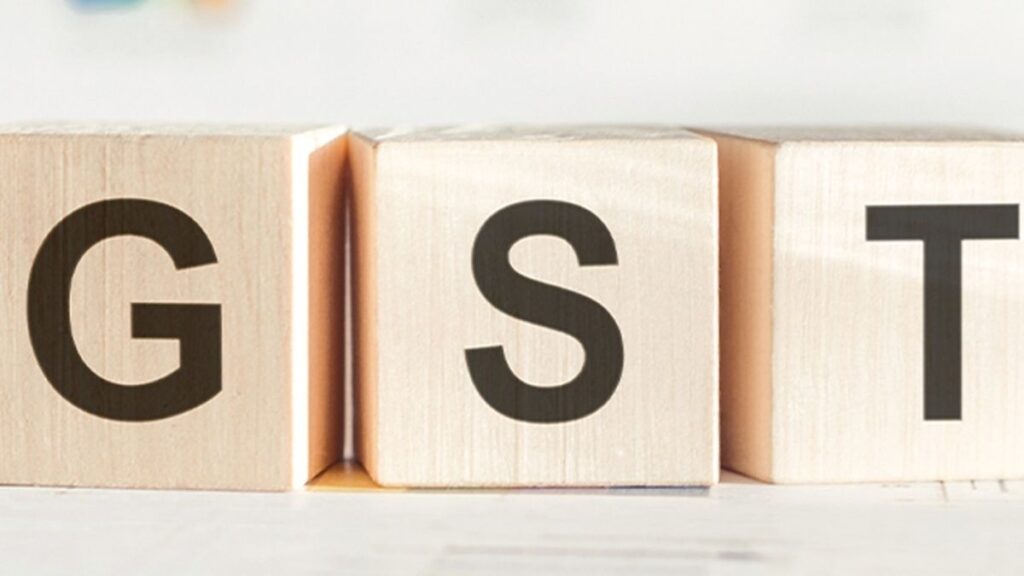State records highest GST growth among top five states, driven by festive demand, tax rate cuts, and improved compliance.
Karnataka has recorded a strong 10% growth in Goods and Services Tax (GST) collections during the Dasara festival period, outperforming all other major states. According to the state commercial taxes department, Karnataka collected ₹14,395 crore in October, reflecting transactions from September, compared to ₹13,080 crore during the same period last year.
This marks the highest growth rate among India’s top five GST-earning states. The state’s net revenue share after deductions stands at ₹7,065 crore. Karnataka’s performance not only surpasses Maharashtra, Gujarat, Tamil Nadu, and Uttar Pradesh but also exceeds the national average GST growth of just 2%.
Also Read:Adventure ride on Panathur Road: Residents struggle as white topping work slows traffic
Officials attribute this impressive growth to multiple factors, strong festive spending, tax rate rationalisation, and better compliance. Ahead of the festival season, the central government had reduced GST rates across several product categories, bringing prices down significantly. This move encouraged higher consumer spending, especially on automobiles, electronics, and garments.
The number of tax returns filed in Karnataka also rose by nearly 10%, signaling improved compliance and enforcement. “The rise in filings shows greater tax discipline and the department’s effective monitoring,” a senior official noted.
While Maharashtra recorded a modest 3% rise (₹32,025 crore), Gujarat saw a 6% increase (₹12,113 crore), Tamil Nadu reported 4% (₹15,888 crore), and Uttar Pradesh registered only 2% (₹9,806 crore). Telangana matched Karnataka’s 10% growth but with a smaller base of ₹5,726 crore.
Retail experts say the festive price reductions acted as a strong trigger for consumption. Sales across key sectors grew between 35% and 40% during the Dasara and Deepavali seasons.
However, the state government remains cautious about sustaining this momentum. Officials warn that the post-festival period could see a drop in consumption, potentially affecting future revenue. The reduction of GST rates, from 28% to 18% for some goods and 12% to 5% for others, means maintaining revenue neutrality will require sustained high consumption levels, which may not be feasible in normal months.

